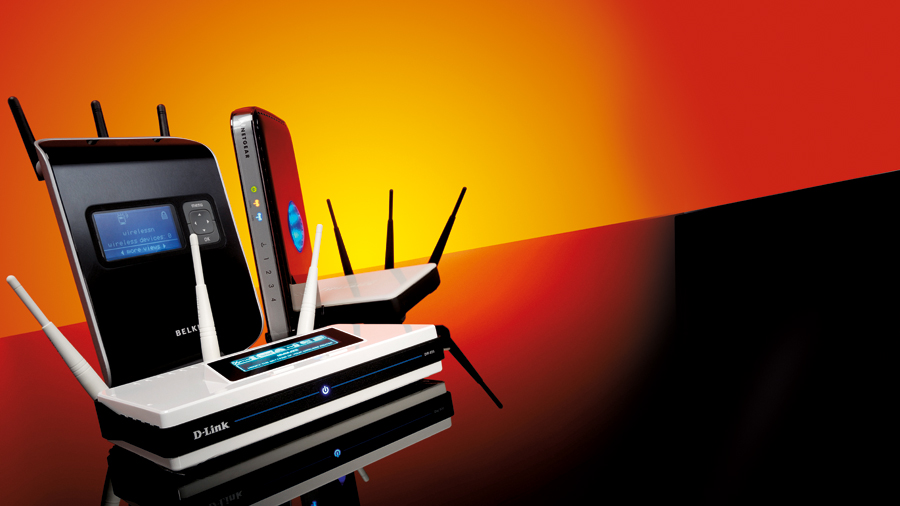How your business can profit from better Wi-Fi
Customers stay longer and spend more

For many of us, withdrawing our smartphone to sniff out local Wi-Fi has become a reflex when passing through cafes, restaurants, shops and hotels.
Keen to see just how common this behaviour was for the average consumer and to discover what this means for businesses, Wi-Fi hotspot software producer Purple Wi-Fi conducted a investigation into user trends with regard to browsing on the move.
With the results in, we spoke to the company's founder Gavin Wheeldon to find out what the study served up and what this means for businesses and consumers alike.
TechRadar Pro: What is the research about?
Gavin Wheeldon: We set out to discover the current trends in relation to consumer use of public Wi-Fi and investigated whether their knowledge of getting online is as complete as we would expect.
Or, are we all just buying into a general assumption that consumers know how to get online, even though Wi-Fi access processes can be very different and often quite complex?
We all know how frustrating it can be trying to connect on the move, which is one of the reasons why we decided to run the survey, covering a sample of 2,540 consumers.
Are you a pro? Subscribe to our newsletter
Sign up to the TechRadar Pro newsletter to get all the top news, opinion, features and guidance your business needs to succeed!
TRP: How many people use public Wi-Fi?
GW: According to the research 72% of the respondents confirmed that they now use public Wi-Fi. Furthermore, 78% specifically look for free Wi-Fi connections when out in public places.
As a result, we can safely say that Wi-Fi not only attracts consumers to a venue or retail location, but 77% are more likely to go to a location if it offers free Wi-Fi. That's a substantial number that are actively seeking out Wi-Fi and favouring locations that provide it.
TRP: Can we offer any proof that offering Wi-Fi benefits venues and retailers?
GW: The data proved the theory that Wi-Fi encourages longer stays and higher spend. 75% of respondents say they are more likely to stay in a location longer if it offers Wi-Fi, and 63% are more likely to spend additional money there.
Frequency of Wi-Fi use is also impressive as 48% of people use public Wi-Fi at least once a week, 17% use public Wi-Fi at least once a day, and 25% at least once a month.
TRP: So what are consumers doing when accessing the web via public Wi-Fi?
GW: Looking at the other responses we can see 87% check emails, 69% update their social profiles, 63% browse the web, 27% use public Wi-Fi for work purposes and 14% view video content.
Worryingly, the research indicated that 17% do their banking via unsecured public Wi-Fi, showing a distinct lack of understanding of the potential security threats of doing your online banking in public.
All public Wi-Fi has different levels of security, methods of authentication and encryption, so although these Wi-Fi networks are constantly being updated, it's better to be safe than sorry in terms of security sensitive information. This is particularly important in relation to online banking, which would be better saved for a more secure wired home network.
TRP: What about those that are struggling to access Wi-Fi?
GW: Interestingly the research also revealed that the basic knowledge of how to access public Wi-Fi is still lacking, with 66% of people being confused about how to get online, 54% believe they are automatically connected in a venue that offers Wi-Fi, 7% believe they need to switch off and on again and 5% confirm that they simply don't know how to access public Wi-Fi.
This suggests that Wi-Fi login procedures can be overly complex, which has been a common complaint over the years.
TRP: What else is stopping people from connecting to public Wi-Fi?
GW: We asked those that had never connected to Public Wi-Fi why they avoid it. 12% did not know how to connect, 9% say the registration process is too long, 17% prefer to use 3G or 4G, 27% are unsure if the Wi-Fi is secure enough and 35% do not use mobile devices in public places.

Désiré has been musing and writing about technology during a career spanning four decades. He dabbled in website builders and web hosting when DHTML and frames were in vogue and started narrating about the impact of technology on society just before the start of the Y2K hysteria at the turn of the last millennium.